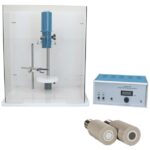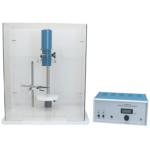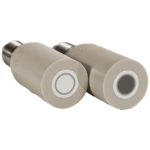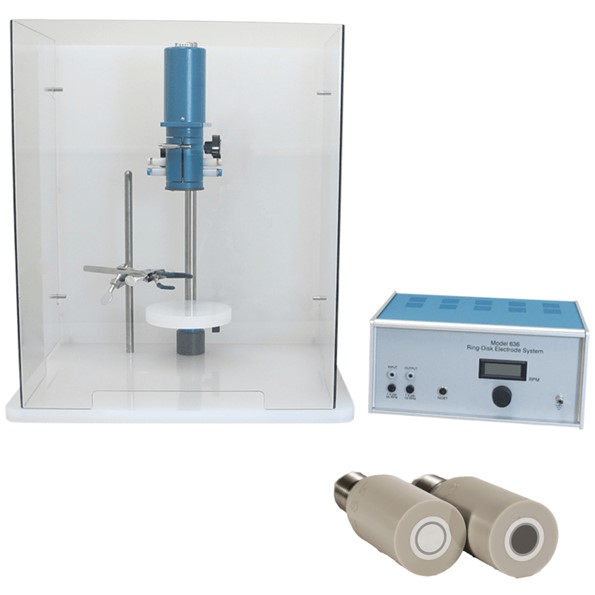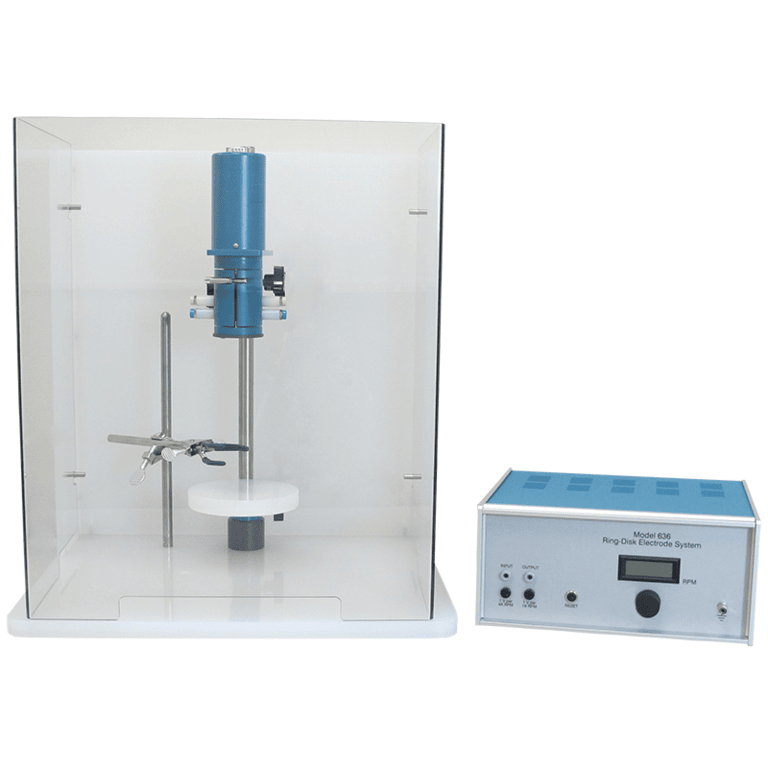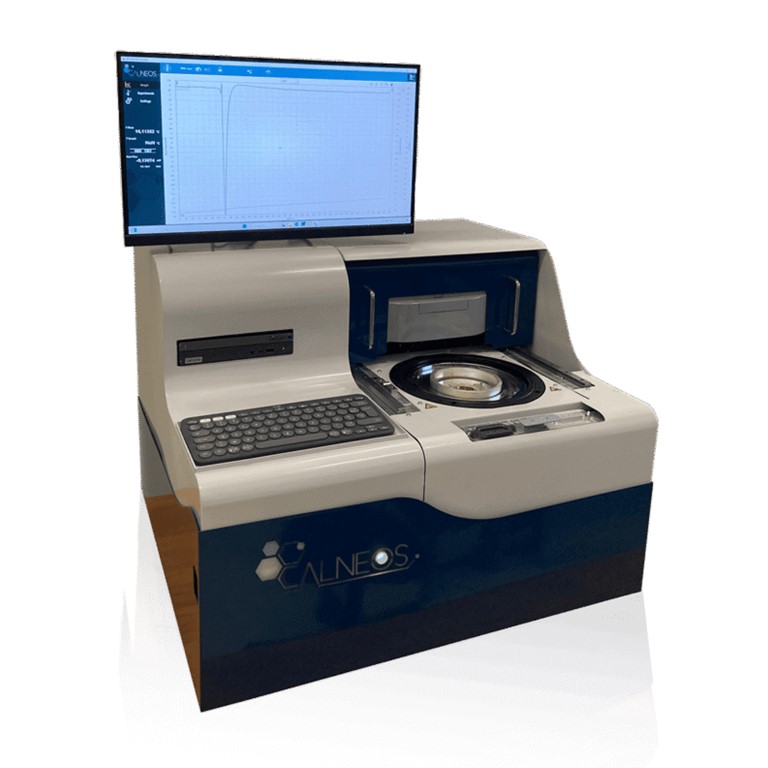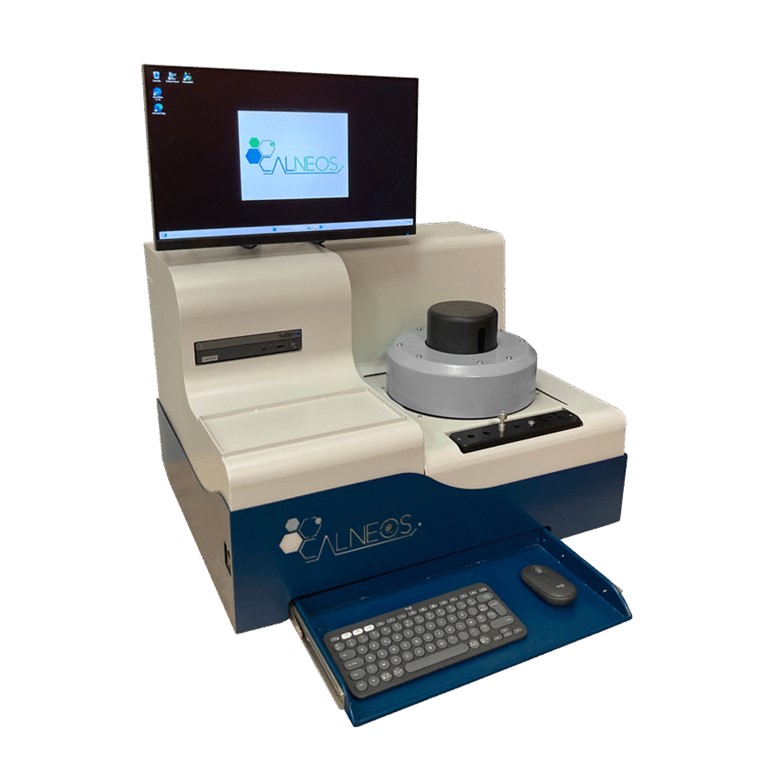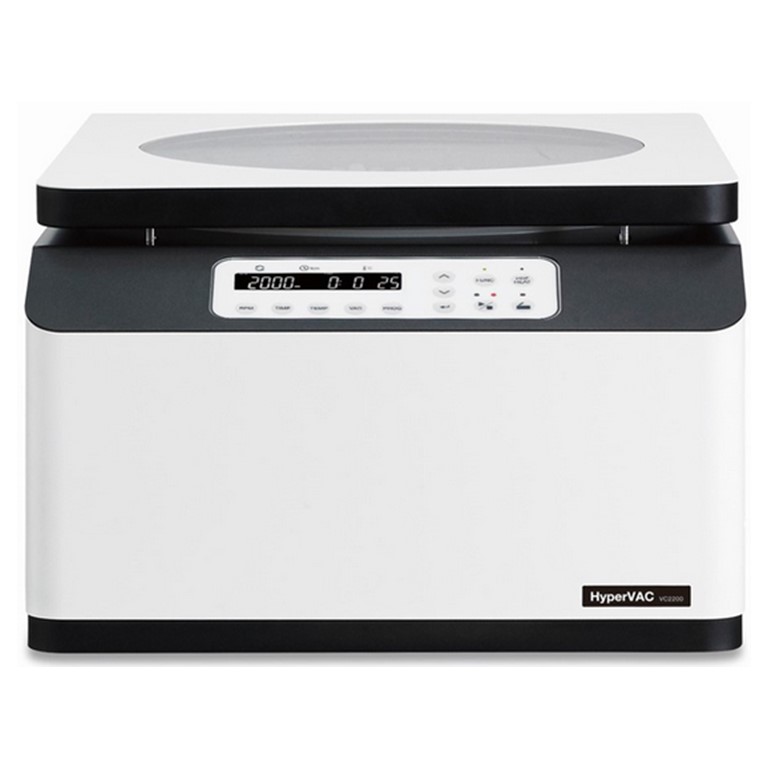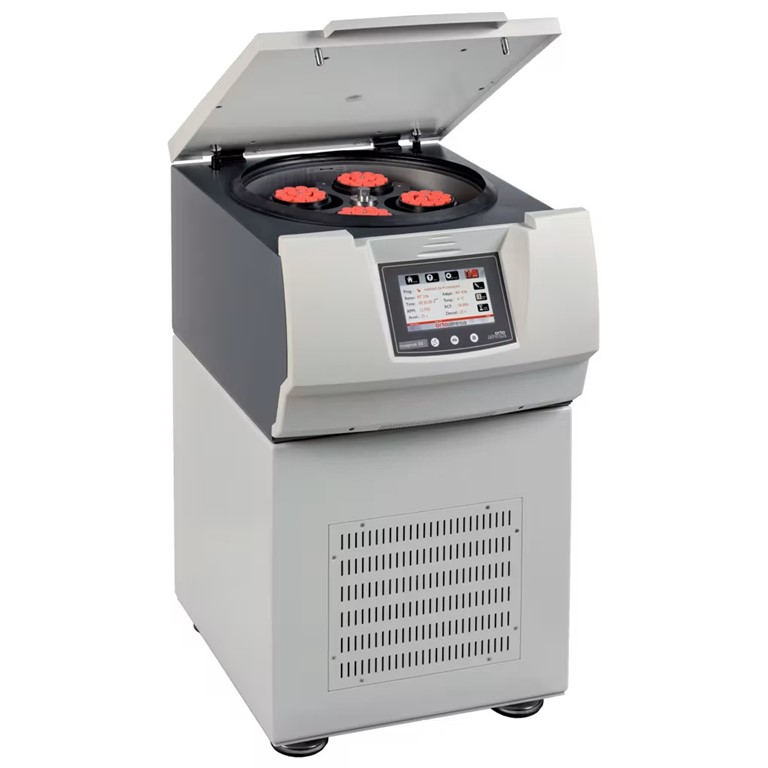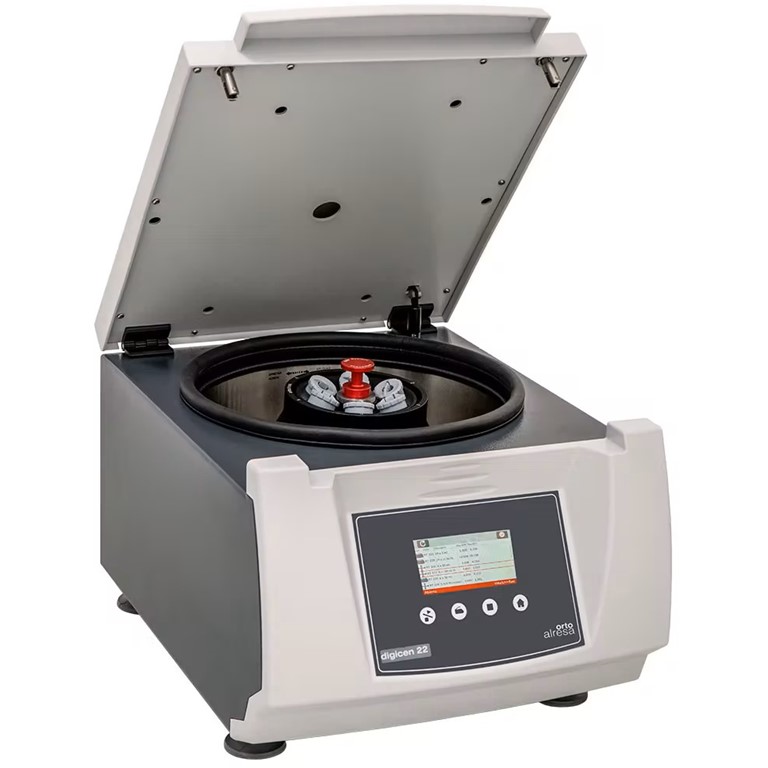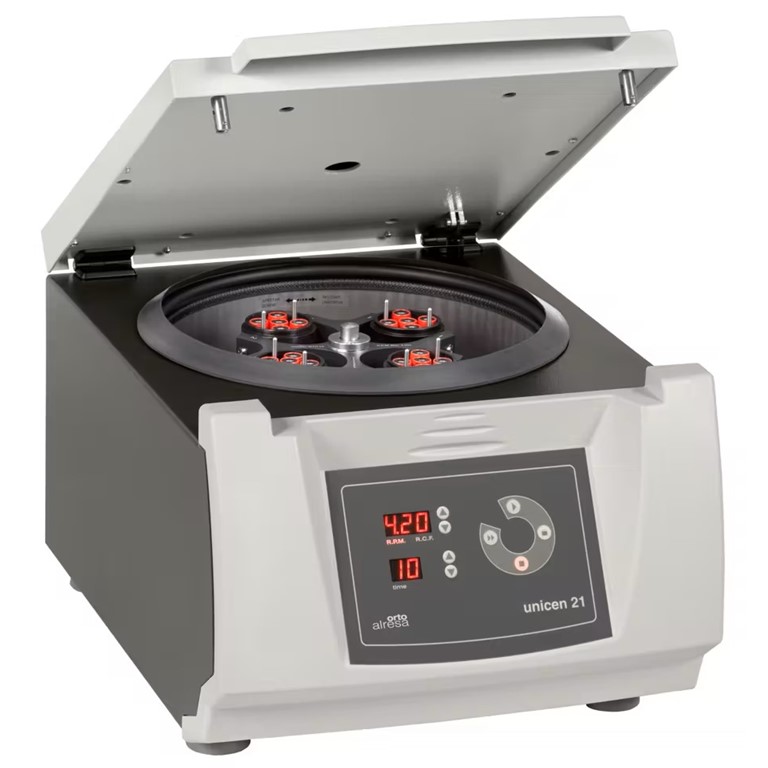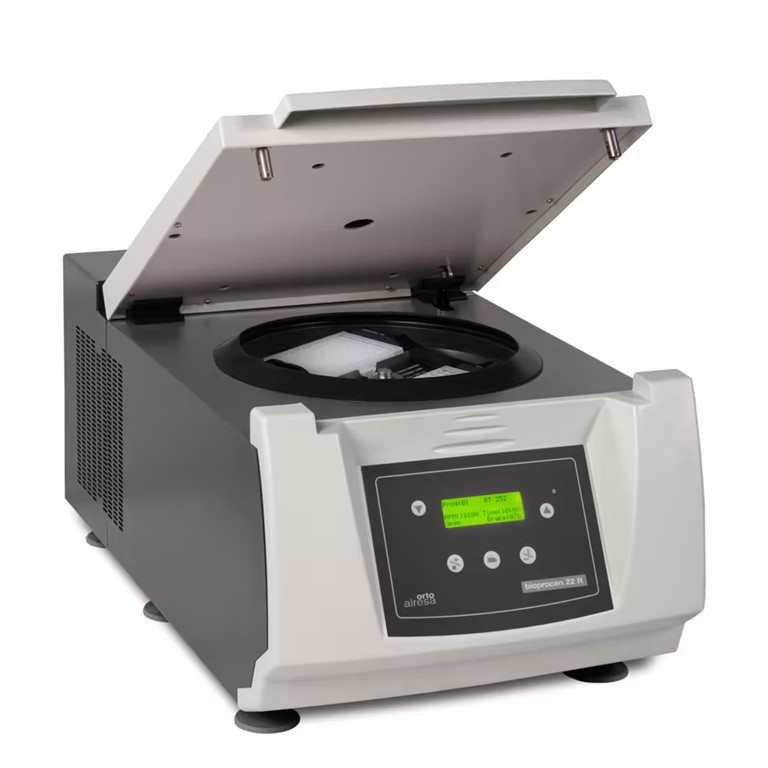Περιστροφείς και Αξεσουάρ για RRDE, RDE, RCE
Το 636A RRDE είναι ένα σύστημα ηλεκτροδίων με περιστρεφόμενο δακτύλιο-δίσκο ακριβείας, ιδανικό για πειράματα RDE και RRDE, με απομακρυσμένο έλεγχο ταχύτητας, αξιόπιστη περιστροφή και εναλλάξιμα ηλεκτρόδια. Διατίθεται επίσης μια σειρά προαιρετικών διαμορφώσεων άκρων ηλεκτροδίων για την υποστήριξη ποικίλων πειραμάτων με περιστρεφόμενα ηλεκτρόδια.

🟦 636 Electrode Rotator
The Princeton Applied Research Model 636 Electrode Rotator is a high performance system giving you rapid acceleration and excellent speed control. The Model 636 may be connected to any of the Princeton Applied Research electrochemical instruments. It can be used as a simple rotating disk electrode or as a rotating ring-disk electrode. The outstanding specifications of the Model 636 make it the ideal choice for your laboratory.
The Model 636 is suitable for use in hydrodynamically modulated systems. Its solid state controlled servosystem allows the electrode speed to follow an input signal with minimum distortion. This excellent performance is due to the use of a high speed, low inertia, permanent magnet DC motor and a high voltage, bipolar power supply. The rotational speed is adjustable to within 1% of the input setting 50 to 10,000 RPM. A voltage signal proportional to the rotational speed is available as an output.
A variety of electrodes is available for the Model 636. The user can choose from Pt, Au, and glassy carbon for disk work. For custom electrode materials, please contact the factory for availability.
Features include:
🟥Disk or Ring-Disk Configuration
🟥Rotational Speeds to 10,000 RPM
A variety of Disk and Ring-Disk Electrodes to choose from
🟥Quick-Change Electrodes for corrosion studies
🟥Cylindrical or Disk Electrodes for corrosion studies
🟥On/Off and Rotational Rate Control from Princeton Applied Research Instrumentation

🟦 Applications and Software
➡️ A RRDE system uses two potentiostats or a bipotentiostat to separately polarize a Ring electrode and a Disk electrode. These two electrodes are co-mounted on a specially designed electrode tip. Fluid flow created by the rotation of this tip in electrolyte causes mass-transport of the products from electrochemical reaction at the inner disk electrode to be measured by the outer ring electrode. This study allows investigation of electrochemical reaction paths (mechanisms) common to fuel cell catalyst evaluations.
➡️ A RDE system uses a single potentiostat to polarize a Disk electrode. Rotation of this disk electrode encourages mass-transport of ions in solution to the electrode surface. This increased flux benefits physical electrochemistry applications, such as electroplating and fundamental research.
➡️ A RCE system uses a larger area electrode that is a different form. This is a common configuration for studying velocity-sensitive electrochemical corrosion such as in an oil and gas pipeline.
🟦 Specifications
| Specifications | 636A |
|---|---|
| Input Power | Switching power supply for 115V AC, 60 Hz or 240V AC, 50 Hz |
| Weight | Body with base: 23 lbs, Control unit: 11.5 lbs |
| Speed Control | Closed loop servo-system. Temperature compensated tach generator mounted on motor shaft, providing rotational speed information |
| Speed Range | 50 RPM to 10,000 RPM |
| Precision | Better than ±1% |
| Motor | 1/50 HP permanent magnet DC |
🟦 Rotator Accessories
From evaluation of novel electrocatalysts to oil pipeline corrosion and more, Princeton Applied Research supplies the accessories needed to accompany our rotators. These provide flexibility for use in rotating disk electrode (RDE), ring-disk electrode (RRDE) and cylinder electrode (RCE) studies.

➡️Fixed-Disk configurations of different electrode materials (Pt, Au, GC, etc.) with different shroud materials (PTFE, PEEK)
➡️ChangeDisk configurations with different electrode materials inserts and tools

